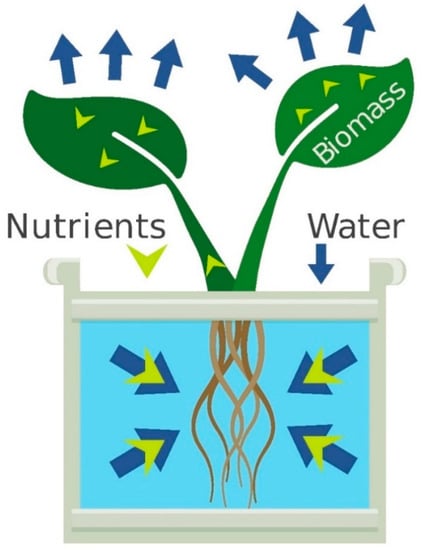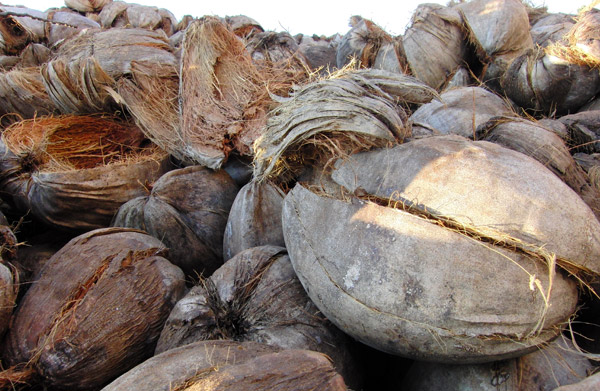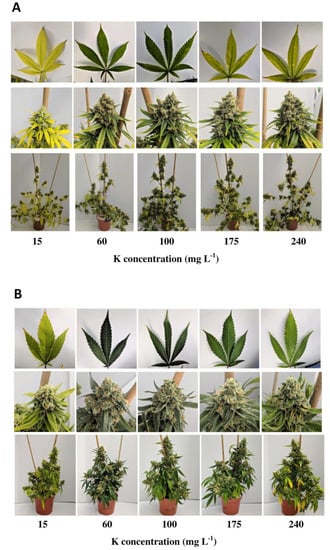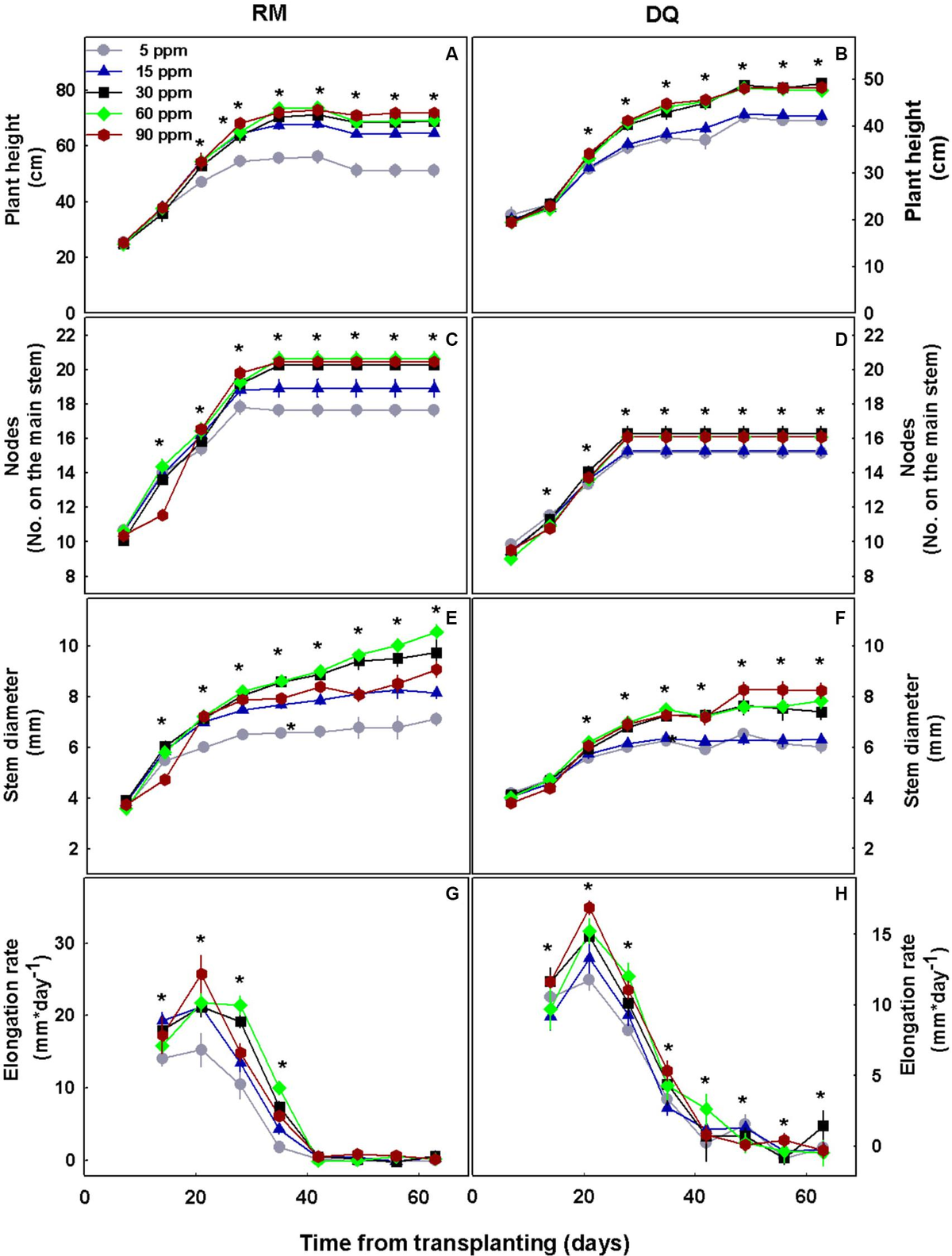Orange's Greenhouse
Well-known member
Did you read that paper? They show that coir has very high potassium. If you mix that with a feed that has increased calcium and magnesium (or low K if you want to read it like that) the sum is a balanced nutrient solution.Very nice paper showing that fertilization on rock wool and coco should be identical (the supposed higher need for calcium and magnesium is clearly disproven here).
Comparison of Coconut Coir, Rockwool, and Peat Cultivations for Tomato Production: Nutrient Balance, Plant Growth and Fruit Quality
Calcium also has higher affinity for coir than K so you need extra calcium to make up for the Ca taken out of solution.








